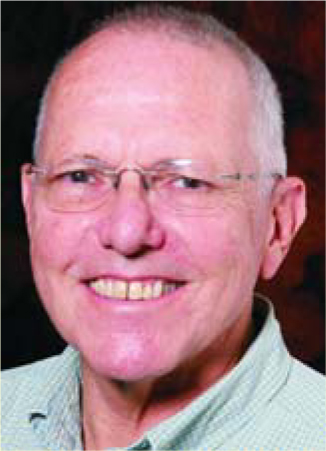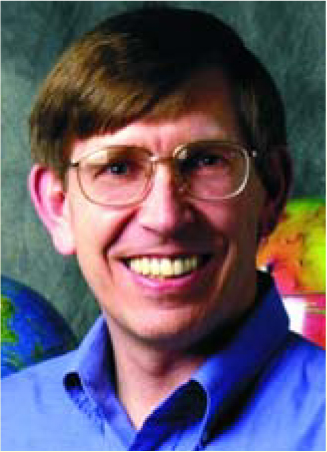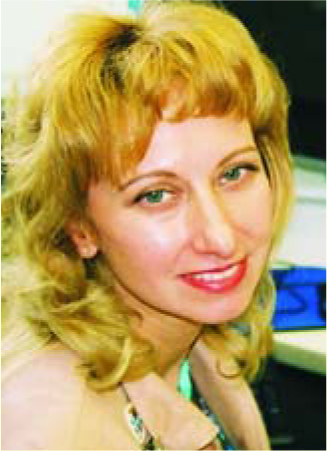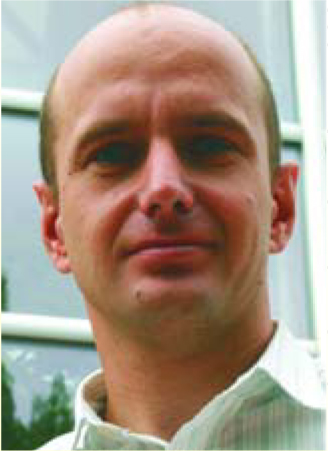AAS Division of Planetary Sciences Bestows Prizes
DOI: 10.1063/1.2155767
The American Astronomical Society’s division of planetary sciences selected a professor, an editor, and two scientists as the winners of its 2005 awards, distributed in September at the division’s annual meeting in Cambridge, UK.
William B. Hubbard was the recipient of the 2005 Gerard P. Kuiper Prize “in recognition of his lifetime of work on the energy transport, internal structure, and evolution of giant planets, extrasolar planets, and brown dwarfs, and for outstanding contributions to planetary science. His pioneering work in the study of stellar occultations by solar system bodies led to his confirmation of the atmosphere of Pluto and co-discovery of ring arcs around Neptune.” Hubbard is a professor of planetary sciences at the lunar and planetary laboratory of the University of Arizona in Tucson.
The 2005 Harold Masursky Award was presented to J. Kelly Beatty, executive editor of Sky & Telescope and editor of Night Sky, both headquartered in Cambridge, Massachusetts. Beatty received the award for being a “leading communicator and interpreter of planetary science through his writing, editing, broadcasting, and public speaking” and for serving “as a vital link between planetary scientists and the public that supports them.”
Rosaly M. C. Lopes, principal scientist at Caltech’s Jet Propulsion Laboratory in Pasadena, has received the 2005 Carl Sagan Medal “for her strong dedication to excellence in communicating planetary science to the public.”
The 2005 Harold C. Urey Prize was granted to David Nesvorný, senior research scientist at the Southwest Research Institute in Boulder, Colorado. He received the award for “his exemplary record of achievement in the study of the dynamical evolution of small bodies in the solar system.”







SOUTHWEST RESEARCH INSTITUTE





